When dealing with other people, it’s always easier when you know what makes them tick. What motivates them? This led to some introspection. What did I really want out of life? I realized that I was probably much different than others. The following characteristics aren’t mutually-exclusive, there is no wrong or right really, as everyone may have a little of each but you may realize one is prominent.
Don’t take the Lego characters too seriously either, eh? I just went to a Lego-themed birthday party and watched Star Wars again. 🙂
Prestige
 “I seek the admiration and respect of others.”
“I seek the admiration and respect of others.”
Power
 “I like being the boss and giving orders.”
“I like being the boss and giving orders.”
Duty / Honor
 “I find a higher calling in serving my religion/country/world.”
“I find a higher calling in serving my religion/country/world.”
Passion
 “I love my job.”
“I love my job.”
Family
 “I want be a good wife/husband/mother/father.”
“I want be a good wife/husband/mother/father.”
Personal Freedom
 “I don’t take orders from anyone.”
“I don’t take orders from anyone.”
Path of Least Resistance
 “I don’t question the status quo and like to follow others.”
“I don’t question the status quo and like to follow others.”
I would say that my top preferences from highest to lowest would be personal freedom, family, and duty. I’m still working on starting a family and how to best help higher causes. Low on my list is power and prestige. I don’t enjoy managing others (having people below me in the ranks) or being told what to do (having people above me). I feel this hurts me in the areas of leadership and probably makes me a bad employee. This make me think I should just work for myself. How about you?
 Mrs. MMB and I both contributed $5,000 each to a non-deductible Traditional IRA again for the 2012 tax year this week, with the intention of converting it into a Roth IRA in the future. Are you eligible to do this as well? Of course, we had to wade through a ton of IRS fine print to try and achieve a bit of tax savings.
Mrs. MMB and I both contributed $5,000 each to a non-deductible Traditional IRA again for the 2012 tax year this week, with the intention of converting it into a Roth IRA in the future. Are you eligible to do this as well? Of course, we had to wade through a ton of IRS fine print to try and achieve a bit of tax savings. 

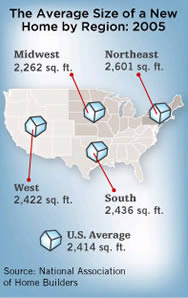
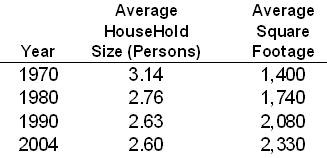
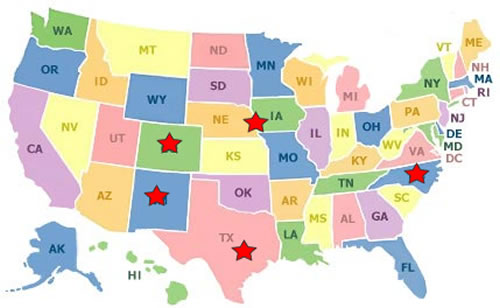
 Have you
Have you 

 One of my overall goals for 2012 is to make this site more of a permanent resource for information. As part of this, I want to create an “Expense Reduction Guide” that will provide an organized way to find ways to maximize personal value and make your spending efficient.
One of my overall goals for 2012 is to make this site more of a permanent resource for information. As part of this, I want to create an “Expense Reduction Guide” that will provide an organized way to find ways to maximize personal value and make your spending efficient.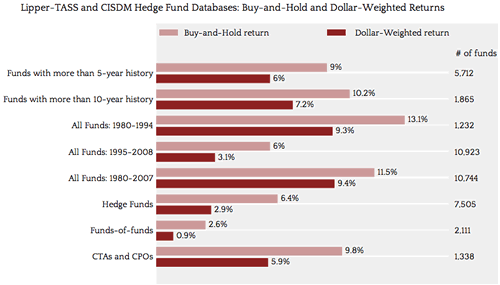
 I love
I love 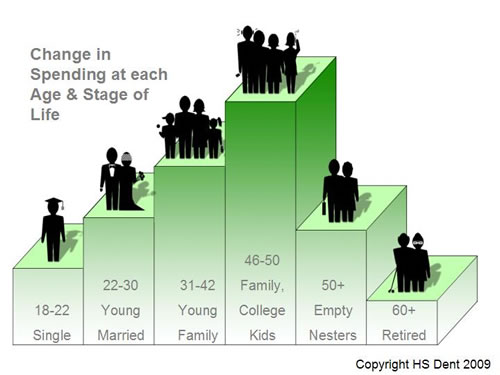 Source:HS Dent Foundation
Source:HS Dent Foundation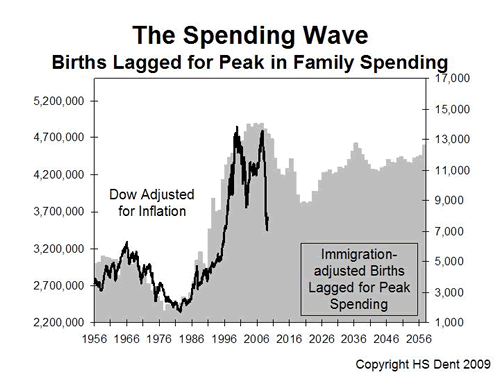 Source:HS Dent Foundation
Source:HS Dent Foundation The Best Credit Card Bonus Offers – March 2024
The Best Credit Card Bonus Offers – March 2024 Big List of Free Stocks from Brokerage Apps
Big List of Free Stocks from Brokerage Apps Best Interest Rates on Cash - March 2024
Best Interest Rates on Cash - March 2024 Free Credit Scores x 3 + Free Credit Monitoring
Free Credit Scores x 3 + Free Credit Monitoring Best No Fee 0% APR Balance Transfer Offers
Best No Fee 0% APR Balance Transfer Offers Little-Known Cellular Data Plans That Can Save Big Money
Little-Known Cellular Data Plans That Can Save Big Money How To Haggle Your Cable or Direct TV Bill
How To Haggle Your Cable or Direct TV Bill Big List of Free Consumer Data Reports (Credit, Rent, Work)
Big List of Free Consumer Data Reports (Credit, Rent, Work)